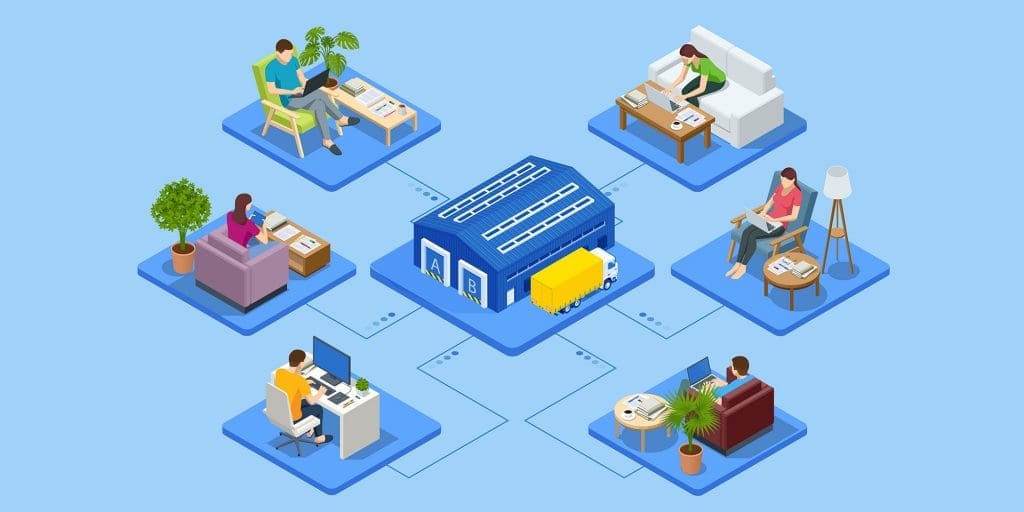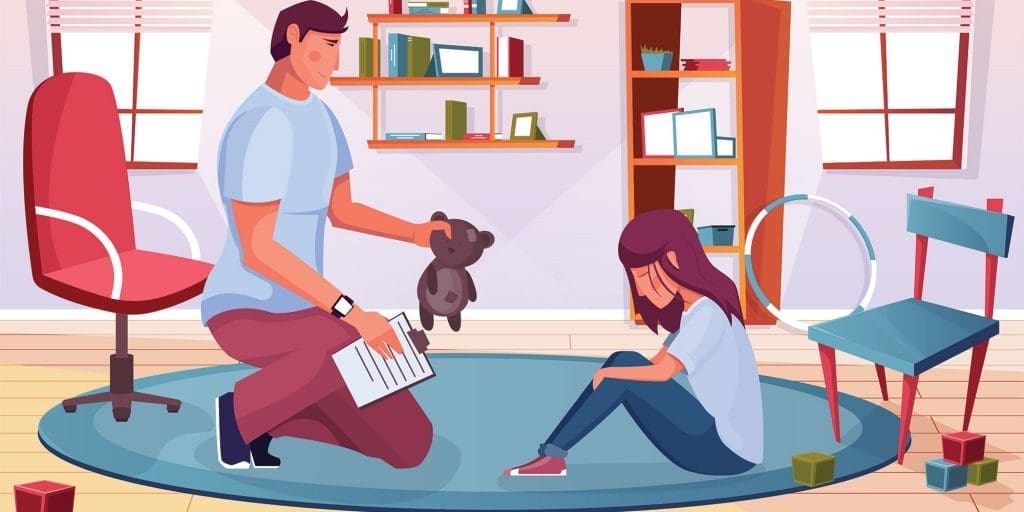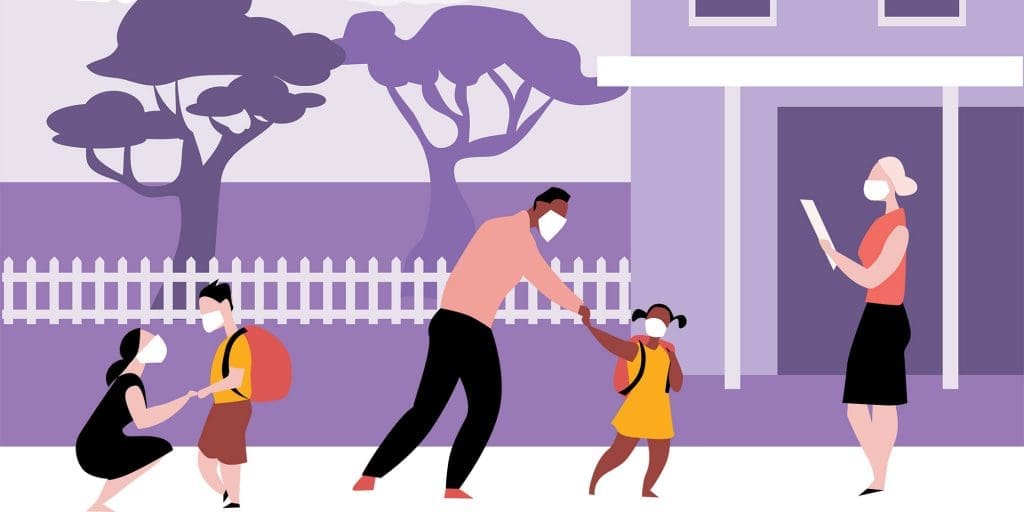If one thing has remained consistent since March of 2020, it’s that opinions on the pandemic continue to vary wildly. But whether you think the pandemic is over, you’re sure that it’s just beginning, or you’re taking a more moderate approach, it’s hard to deny that COVID-19 has changed daily life for most people.
And in the United States at least, relatively high vaccination rates mean that some of the pandemic standards are slowly being done away with. For example, the Centers for Disease Control and Prevention (CDC) no longer recommends face masks or social distancing for vaccinated individuals in most situations. But other responses to the pandemic seem to be hanging on, and it seems likely that aspects of this “new normal” will stay long after COVID-19 loses most of its impact.
So, what should you expect to see post-pandemic? Let’s take a look at what’s staying for the long haul, and what could be leaving with the end of the coronavirus pandemic.
1. Working from Home Post-Pandemic

If you’ve been fortunate enough to work from home during the pandemic, then there’s a good chance that this practice will continue for you after the pandemic. But maybe not quite in the way that you’ve gotten used to.
Early in the pandemic, big-name companies like Twitter made headlines for shifting most of their staff over to remote work indefinitely, and that was met with a lot of praise due to increased productivity in work from home models.
But over the past year, the love for working from home has cooled off substantially, particularly among business leaders who have concerns about company culture, but also among some employees who miss day-to-day interactions in an office.
A lot of businesses are opting for a hybrid approach, where two to three days of the week are spent in the office, with the others spent working remotely. And this approach certainly has advantages—it allows flexibility to draw in top talent, it’s more convenient for employees, and it keeps everyone regularly interacting to minimize inter-office miscommunications.
While there’s definitely going to be some variation (some people will stay 100% virtual, others will go back to full-time in the office), most people will probably end up with some type of hybrid model, or at least a policy that allows for more liberal use of work from home days.
2. Telehealth Appointments


Early in the pandemic, many doctors and mental healthcare providers closed their doors to prevent the spread of the virus. But as it became clear that waiting out the pandemic wasn’t an option, many opted to use telehealth appointments as a way to provider care while social distancing.
While these are less common now, telehealth appointments in general will definitely continue to be used more often than they were before the pandemic. And for both providers and patients, that’s a good thing.
From a patient perspective, it’s certainly less hassle to see a healthcare provider from the comfort of your home, and this could give more access to health care (particularly mental health care) to people living in rural communities where they may not have many options when it comes to providers.
And for providers, it can help keep their offices from getting too busy. For doctors who treat physical ailments, it can provide a way to check in with patients who do not need a more thorough examination, which saves time for everyone. And of course, there are obvious benefits in giving medical professionals less exposure to people who could be carrying viruses and bugs, regardless of whether COVID-19 is still a factor or not.
For all of these reasons, telehealth visits are here to stay. They’ll probably be relegated to mental health care and less severe physical issues, but still, they provide a lot of convenience and added safety, so it’s hard to imagine doing away with them after the pandemic.
3. Trauma


For the vast majority of people, the pandemic has been a scary thing at times. This is particularly true for people with autoimmune disorders and other chronic conditions that are associated with higher risk for severe COVID-19 symptoms.
But whether we’ve been afraid for ourselves or our loved ones, there is a kind of general apprehension that may not fade as COVID cases decline. The mental health impact of the pandemic has been profound, and increased rates of depression and anxiety could linger for years to come.
In the wake of the pandemic, even as vaccination rates climb, it’s important to be aware of your mental health. Periods of transition can be turbulent in the best of times, so watch out for feelings of undue apprehension or depression as you start to transition back to “normal” living, whenever that’s safe for you.
If you find yourself struggling with acclimating to life after COVID or still dealing with residual concerns or fears, reach out to a mental health professional. Even if COVID-19 was completely eradicated (which seems unlikely at this point), the mental effects would still be present. So cut yourself some slack and look for help if you notice that the transition into the new normal isn’t as easy as you’d hoped.
The “New Normal” Is Coming


Whether it’s here in a month or a year, eventually we will all return to something that feels normal to us. And it can help to know what we’re in for, both in the world around us and in the emotions we might face. Regardless of what comes or goes, there will be adjustments to make as we all settle into the new normal, and it’s important to make sure we receive the support we need during this transition.
What Are You Expecting in the New Normal?
Give us your takes in the comments below!
What Topics Would You Like to See Us Explore Next?
Email us at info@painresource.com with your ideas.
Are you on Facebook?




